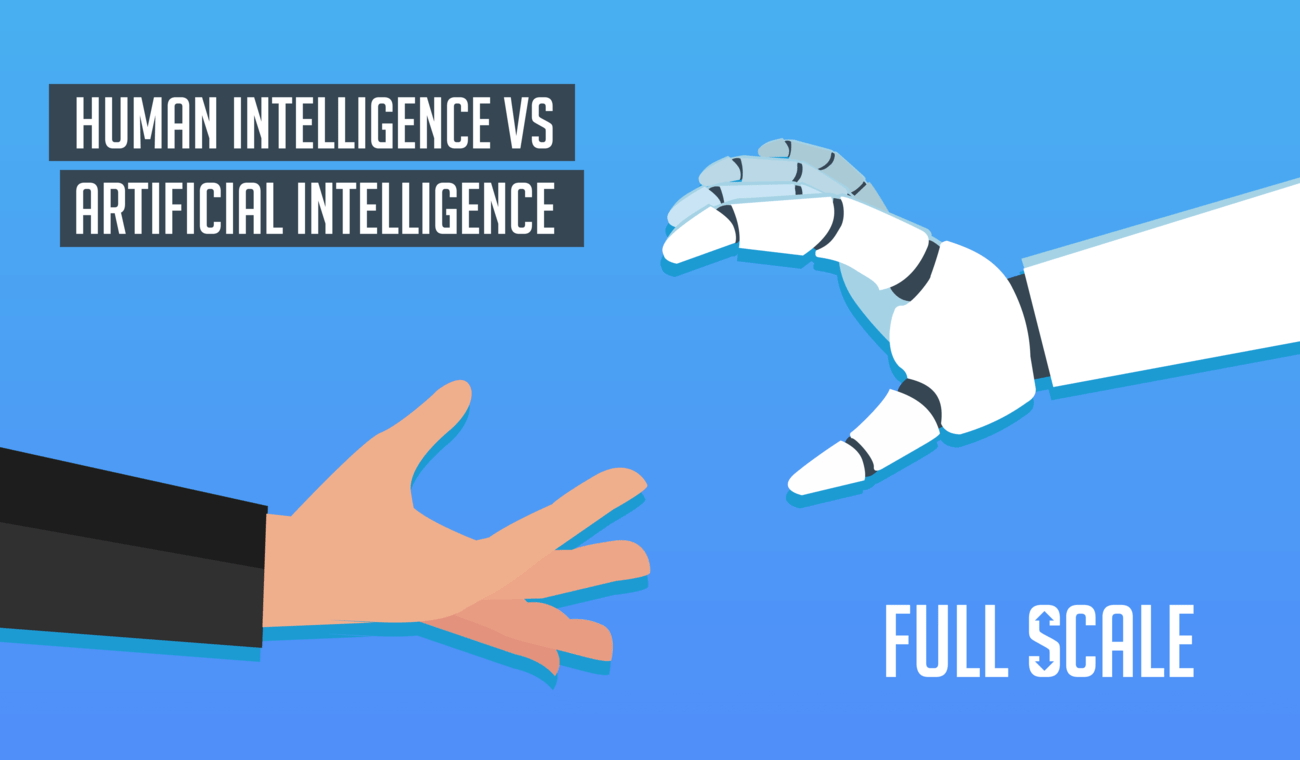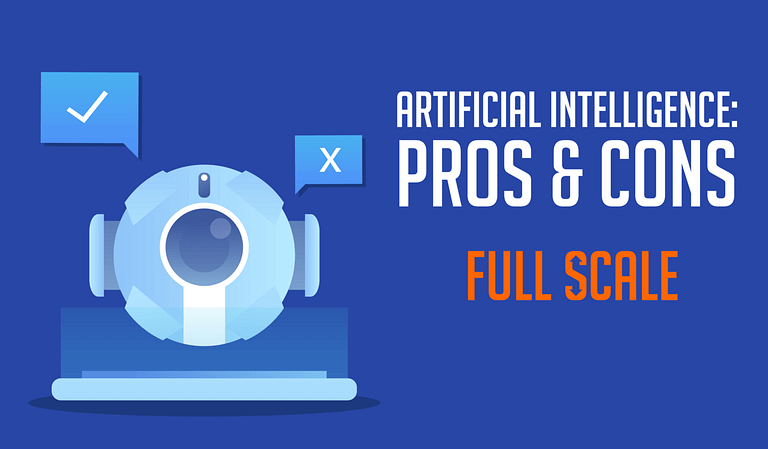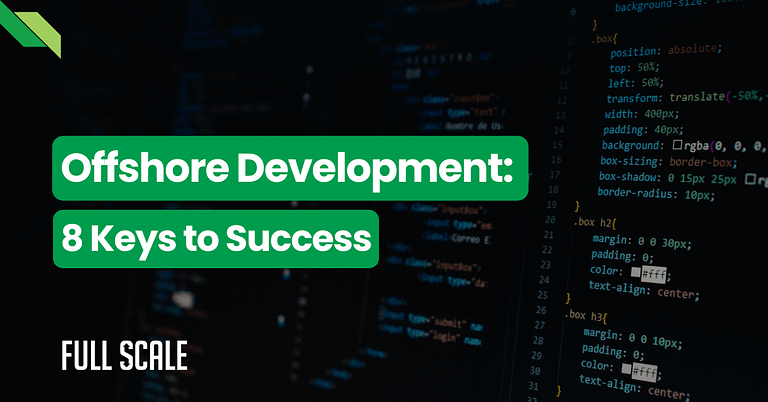Modern-day technology offers countless solutions across all industries. Cutting-edge technology such as artificial intelligence is a major market player. This time, we’ll dive deeper into AI and explore its advantages and disadvantages to reflect how technology shapes businesses today.
The domination of flying cars, as pictured in vintage 60s commercials, is certainly not as far-fetched as many think. Since then, we have come a long way in terms of combining engineering marvels and technology. In fact, these disciplines continue to elevate relevant solutions to the world’s many needs.
Computers and mechanical robots are evidence that we can program machines to perform human activities. Today, we have self-driving cars capable of safe and intelligent navigation. Likewise, voice command appliances are also driving efficiency in many smart homes across North America. Much of these innovations are thanks to cutting-edge technology powered by the advent of artificial intelligence (AI).
What is Artificial Intelligence?
Essentially, artificial intelligence is the exhibition of human intelligence or actions by machine or non-human entities through programming. Moreover, this is also applicable for software services that mimic traits of a human mind, such as problem-solving.
To better understand this concept, the goal of AI is teaching inanimate devices about learning, interpretation, and decision-making. The goal is met when programs enable these entities to rationalize and decide on actions without human intervention or assistance. Furthermore, AI is categorized based on capabilities, namely, weak AI and strong AI. The former is a subset that performs single-oriented tasks while the latter tackles more complex process flows.
Regardless of classification, artificial intelligence has stapled itself as a force for any 21st-century business. Because of its countless applications, it’s been used to create solutions for industries ranging from health, engineering, banking, and more. Additionally, it offers advantages that give businesses a competitive edge through the enhancement of processes.
In contrast, it’s also met with criticisms regarding its negative impacts on the workforce. Today, we’ll lay out both sides of the plate as we discuss the pros and cons of artificial intelligence.
Pros and Cons of Artificial Intelligence
When we look at AI, we see all the marvelous possibilities it can create. But how can something so revolutionary entail certain disadvantages? Let’s look into the pros and cons of artificial intelligence for more insight.
Advantages of AI
Reduction in Human Error
Certainly, machines are less likely to commit errors when programmed well. Because of artificial intelligence, it’s easier to avoid common human mistakes in many workflows in businesses. For example, one common scenario where human error occurs is in computations dealing with a large data set. When a tech solution injected with AI does this task, it’s expectedly seamless and even faster than manual computations.
Available 24/7
Have you ever used a map navigation app? Chances are you probably have, and you wondered how it appropriately calculates the estimated times of arrival. This would also lead to why the ETAs vary depending on the time of day. AI is restless and, at the same time, works on demand. So anytime Waze or Google gives you the possible routes for the shortest time, AI is doing it for you.
Acts as Reliable Digital Assistants
Artificial intelligence has made our day-to-day lives easier, whether it’s at home or work. Tools that act as companions through daily tasks that are either necessary or trivial make this possible. For example, spelling and grammar checkers have streamlined the writing process for encoders and content writers. Most document and email services nowadays also have predictive text functionalities. Furthermore, voice command has been present in most search engines and home devices for faster response.
Performs Repetitive Tasks
What we humans would rather shy away from is doing tedious and repetitive tasks. Thankfully, machines can learn how to perform such activities effortlessly and consistently through AI. This is most evident in threat elimination scenarios where humans will not continuously monitor entities where machines and devices can.
In agriculture, there are existing machines that separate bad produce from good ones based on certain parameters. For example, machines can scan the color of a tomato and segregate the ripe ones from the rest without any human intervention.
Powers New Inventions
Continuous development and integration of one solution to the other allow room for more disruptive products. Artificial intelligence allows combinations of processes within one system, therefore, improving it. Because of machine and software potential, future inventions will surpass what’s out in the market today. And if we observe closely, we might as well be nearing the age of flying cars.
Negative Impacts of Artificial Intelligence

High Cost of Creation
Nothing comes easy, especially in business. Creating tech solutions stacked with AI incurs big money. It also takes experienced software developers to deploy a quality product. Additionally, it would take time and research to ensure that your solution is relevant and ahead of your competitors.
Because of such high costs, acquiring tech solutions may also be expensive. As an example, there are apps where you need to pay an additional cost for you to have a fully consummate experience.
Rise in Unemployment
Are humans going to be replaced by robots in the workforce? Well, that question already has evidence that affirms its inquiry. Because artificial intelligence can take over human tasks, it also makes humans replaceable in the workplace. Overall, this leads to a rise in unemployment for people. This has a negative implication since unemployment impacts the economy and society in general.
It Can’t Replace Human Emotion and Thinking
Machines could only wish to be the Tin Man who experiences emotions in the fantasy, The Wizard of Oz. Unfortunately, tech solutions can’t replace the complexities of human emotion and mind. They are limited to only perform what they’re programmed to do. But the lack of humanity, which may be a factor in certain situations, can hinder success in some activities.
A machine can’t observe what another person is feeling based on appearance. It also can’t make friendships and valuable connections. Lastly, they can’t think out of the box; they don’t experience a “Eureka!” moment you need for your business concept. Generally, they are in fact just artificial.
In summary
Overall, this is the contrast of machine and human potential. Both are essential and are just as powerful. But, we must remember that undergoing digital transformation entails trade-offs; some are for the good, and some are for a setback at some point in the process. However, the above disadvantages should not discourage you from leveraging artificial intelligence to its full potential. You must, at least, use these to reference how you can work around the consequences of AI.
At Full Scale, we believe in technology as a great tool to enhance people’s lives and businesses, too. If you’re looking for people to help you create tech solutions that optimize the advantages of AI, we are here for you. Visit our website today and contact us for your free consultation!




